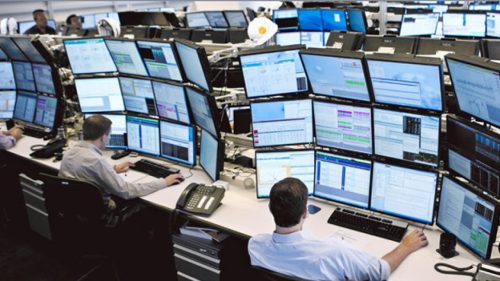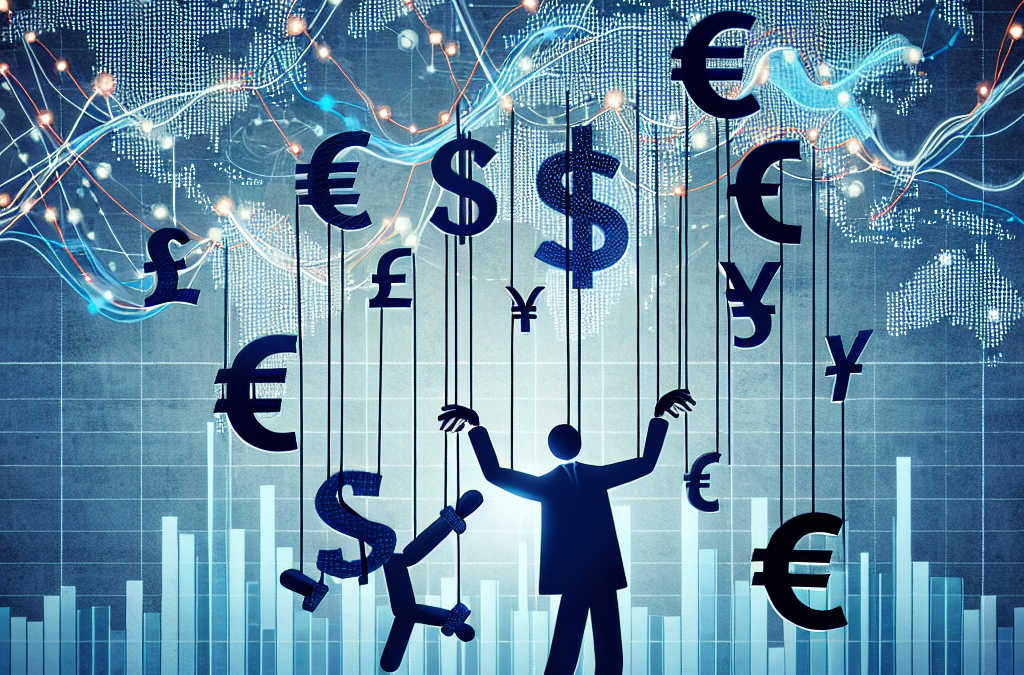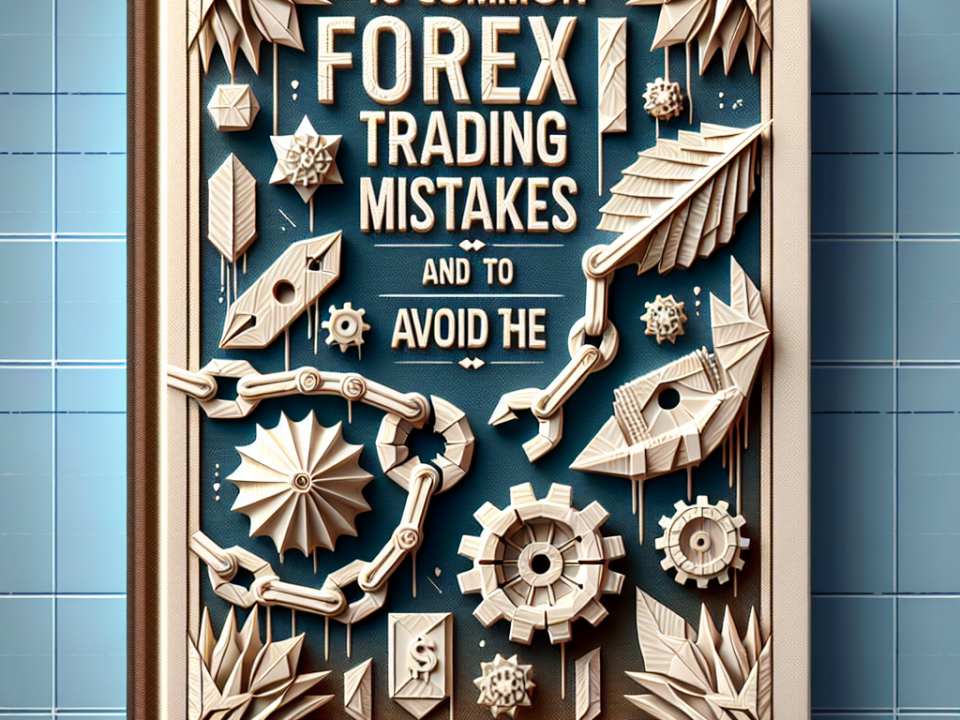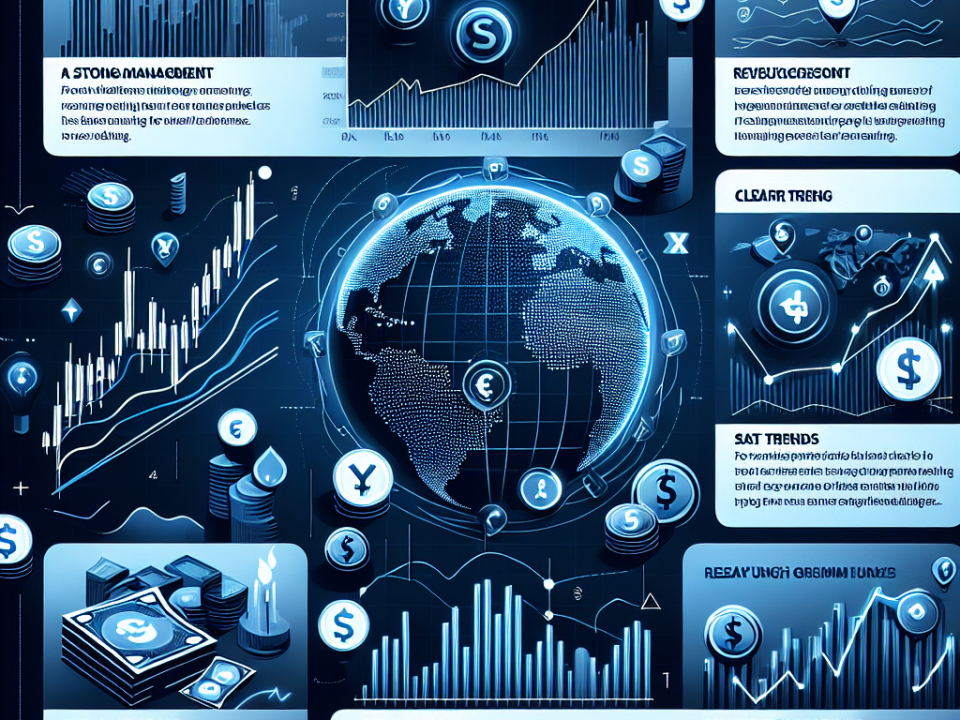
Advanced price action
October 1, 2024
WHAT TOOLS DO THE DEALERS AND BROKERS HAVE
October 1, 2024Understanding the Market Maker Method in Forex
The world of Forex trading is often daunting for newcomers and even experienced traders. One of the strategies that’s frequently discussed is the Market Maker Method (MM Method), a technique that plays a significant role in how currency markets function. This method revolves around understanding the behavior of market makers—those key participants who hold substantial control over the flow of trades. But what exactly is the market maker method, and how does it affect your trading? Let’s break it down.
What is a Market Maker?
Before diving into the market maker method, it’s important to understand the role of a market maker (MM). In Forex trading, market makers act as intermediaries, facilitating buy and sell transactions between traders. Market makers are usually large financial institutions like banks or brokerage firms. Their primary function is to ensure liquidity in the market by quoting both buy and sell prices for a given currency pair.
Example of Market Maker Activity
Let’s say a bank is a market maker for the GBP/USD currency pair. The bank buys GBP from sellers and sells it to those holding USD. They do this consistently, quoting both a buying price (bid) and a selling price (ask) to keep the market liquid. They profit from the difference between the bid and ask prices, known as the spread.
The Concept of the Market Maker Method in Forex
The market maker method, specifically in the context of Forex, refers to how these market participants manipulate market conditions to achieve their objectives. MMs aren’t just passive facilitators—they actively manage their trading positions and can influence currency prices in their favor, especially given their large volume trades.
Market Maker Objectives
Market makers’ primary goal is to make money, and they achieve this by leveraging their access to vast market data, orders, and liquidity. They can manipulate price movements by buying low and selling high. However, this often involves tactics designed to play on the emotions and mistakes of retail traders, pushing them into decisions that favor the MM.
How Market Makers Influence Retail Traders
Market makers don’t directly compete with retail traders, but their strategies can affect how the average trader perceives market conditions. One of the key strategies used in the market maker method is to create temporary market conditions that induce irrational trading behaviors from retail participants.
Market Maker Manipulation Tactics
To truly understand the market maker method, it’s crucial to examine the tactics used by MMs to manipulate market conditions. These tactics aren’t necessarily illegal; instead, they leverage human psychology and market conditions.
1. Creating Panic and Emotional Trading
Market makers know that fear and greed are powerful emotions that can cloud a trader’s judgment. By making quick, sharp moves in the market, MMs can create a sense of panic among retail traders. This often happens through:
- Spike candles – Sudden price spikes designed to trigger fear.
- News releases – Using scheduled news events to cause temporary price volatility.
- Rapid price fluctuations – The price behaves unpredictably, leading traders to make hasty decisions.
These events lead retail traders to react emotionally, often abandoning their original strategies.
2. Hitting Stop Losses
Market makers are also known for targeting retail traders’ stop-loss orders. A stop-loss is a pre-set order by a trader to exit a trade if the market moves a certain amount against their position. MMs can push prices in a certain direction to intentionally trigger these stops, forcing traders to close their positions at a loss. This move, often referred to as “stop-hunting,” allows the MM to clear the board and create liquidity for themselves.
3. Inducing Traders to Take Positions
Market makers frequently use a series of price movements to entice traders into taking positions. For example, they may push prices higher in a way that makes traders believe a bullish trend is forming. However, just when retail traders jump in, the MM reverses the price direction, leaving traders stuck in a losing position.
MMs then buy back the currency at a lower price from these traders who are feeling pressured to exit their positions. This manipulation allows the market maker to lock in profits by taking advantage of the market noise that confuses less experienced traders.
4. Utilizing Volume to Move Prices
One of the major advantages MMs have over retail traders is the sheer volume of their trades. They can place large buy or sell orders to move the price in a specific direction. While retail traders lack the power to influence prices in this way, MMs can “paint” the market to align with their objectives.

How to Beat the Market Maker Method
Is it possible for retail traders to profit despite these tactics? The answer is yes, but it requires a deep understanding of how market makers operate and being aware of their tricks. Here are some key strategies to keep in mind:
1. Stay Calm and Rational
One of the market maker’s biggest weapons is fear. Traders who stay calm and don’t panic in response to price spikes or rapid changes are more likely to make sound decisions. Avoid making emotional trades and stick to your plan.
2. Use Wider Stop Losses
To avoid being “stop-hunted,” traders can use wider stop-loss levels or even forgo stop-losses altogether in certain situations (though this comes with its own risks). This can reduce the chances of getting caught in MM manipulation.
3. Analyze Long-Term Trends
Instead of focusing on short-term price movements, zoom out and analyze the bigger picture. Market makers often manipulate short-term moves, but long-term trends are less likely to be affected by these tactics.
4. Follow Volume and Liquidity
Market makers thrive on liquidity, so trading during times of high market activity can sometimes help retail traders avoid manipulation. Also, understanding where large volumes are in the market (through tools like the volume profile) can provide insights into where MMs might push prices next.
Why Do Market Makers Manipulate?
At their core, market makers are traders too. Their primary objective is to make profits, and their methods involve managing risk and maximizing returns. While this may seem unfair to retail traders, it’s part of the broader market mechanism that ensures liquidity. Without market makers, the Forex market would struggle to operate efficiently.
How Market Makers Earn Profits
Market makers profit primarily through the bid-ask spread. However, they can also earn significant profits through proprietary trading—trading with their own accounts to take advantage of price movements. In fact, MMs often act as principals in trades, meaning they trade with their own money, making them participants with a vested interest in the market outcome.
Conclusion
The market maker method is a complex yet fascinating aspect of Forex trading. Understanding how market makers operate and their motivations can help retail traders protect themselves from falling into the traps often laid by these key market participants. Although it may seem like an uphill battle, with the right strategies, retail traders can still succeed in this highly competitive environment.
FAQs
1. What is the difference between a market maker and a retail trader?
A market maker facilitates trades by providing liquidity, while a retail trader is an individual or small institution trading for personal profit. Market makers can influence prices, whereas retail traders react to the market.
2. How do market makers profit from the bid-ask spread?
Market makers quote two prices: a buying price (bid) and a selling price (ask). They profit from the difference between these two prices, known as the spread.
3. Can retail traders compete with market makers?
Retail traders can compete by understanding market maker tactics and using strategies that mitigate the effects of manipulation, such as staying calm and focusing on long-term trends.
4. What is stop hunting in Forex trading?
Stop hunting refers to the practice of driving the market price to hit retail traders’ stop-loss levels, forcing them out of their trades at a loss.
5. Are market makers necessary in the Forex market?
Yes, market makers are essential for providing liquidity and ensuring smooth market operations. Without them, it would be harder to execute large trades efficiently.




